 Horizon scanning the healthcare supply chain
Hope floats and springs internal, external
Horizon scanning the healthcare supply chain
Hope floats and springs internal, external
By Rick Dana Barlow
Young executives within the healthcare supply chain embrace clear hopes for the industry and profession in the future even if cranky, curmudgeonly, cynical and skeptical seasoned veterans snort that they don't know any better or haven't been in the profession long enough to be skewered into submission and ushered into a rut toward retirement.
Not surprisingly, these younger professionals see and embrace the effective and efficient use of technology as the primary driver for performance improvement and process development going forward, but they recognize the Sisyphean nature of roadblocks and speedbumps along the way as well as pinballing offshoots and outliers that may slow, not stall, progress.
Bellwether League Foundation's Leaders & Luminaries magazine posed three scenarios to a group of Future Famers spanning multiple classes during the last decade. Future Famers represent supply chain professionals early in their healthcare career (first 10-12 years) who do not yet qualify for Bellwether consideration in the Healthcare Supply Chain Leadership Hall of Fame but have contributed meaningfully to the profession and industry and continue on a Hall of Fame path.
L&L asked Future Famers to assess the current landscape of supply chain challenges experienced and to forecast in which of three directions they see the industry and profession heading.
The three directions for the plethora of current challenges are:
- Being solved once and for all due to professional development, process improvement and technology. Let's call this the "Optimistic Outlook," akin to a positively charged proton in an atom.
- Continuing relatively unabated due to legislative, regulatory and slow-moving decision- making. Let's call this the "Pessimistic Prognosis," akin to a negatively charged electron or a neutron in an atom.
- Creating different and offshoot challenges along the lines of a butterfly or domino effect. Let's call this the "Dynamic Diagnosis," akin to a charged particle like a positron or ion that disrupts the others.
Optimistic Outlook
A technology-enabled and driven workforce likely will transform the industry and profession over time, which is a welcome development, according to Future Famers."
I predict that supply chain challenges related to manual processes, lack of visibility and inefficient communication will likely be solved to a great extent due to advancements in technology such as AI," said Chico Manning, MHA, Future Famers Class of 2024, System Vice President, Enterprise Supply Chain, PIH Health, Whittier, CA. " visibility and enhance communication among supply chain partners. Additionally, continuous professional development and adoption of best practices will further contribute to resolving These technologies can automate and streamline various aspects of the supply chain, improve real-time tracking and these challenges in the long term."

Classmate Corey Schmidt, CMRP, MBA, Future Famers Class of 2024, Assistant Director, SHS Operations & Spend Management Integration, The University of Kansas Health System, Kansas City, KS, concurs. He predicts the end of the manual intervention of creating and transmitting purchase orders. "Most ERP systems today have the ability for end users to submit requisitions, create purchase orders and transmit via EDI," Schmidt noted. "Most orders for routine supplies are probably already automated in this way, with technology advancements all orders should be placed without manually keying purchase orders."
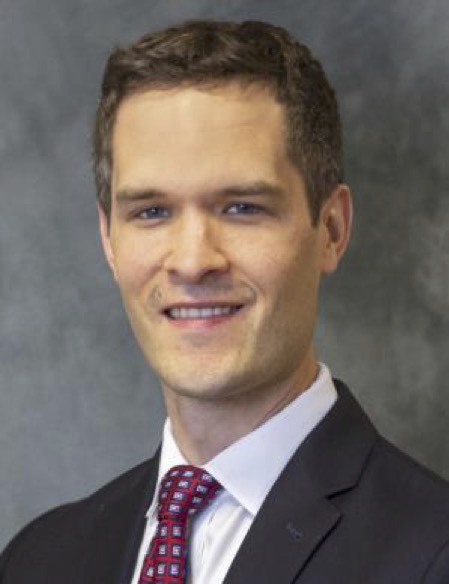
Jack Koczela, Future Famers Class of 2020, Director, Sourcing & Transformation, Supply Chain, Froedtert ThedaCare Health, Milwaukee, WI, kicks manual processes to the curb, too. "I believe we will no longer manually set inventory levels in the next few years. This is a data-intensive process, but we have the data and the bandwidth to solve it," he indicated. "Although we will need to reinforce systems and build trust in algorithms, I think both of those requirements are very achievable."

Technology adoption and implementation should reinforce the playing field somewhat at a higher level of quality, according to Rachel Anderson, Future Famers Class of 2023, Vice President, Supply Chain, DCH Health, Tuscaloosa, AL
"Further investments in technology and process improvement will create a standard for the widespread adoption of inventory point-of- use (POU) systems beyond our current state, making these more affordable for hospitals in the rural/smaller setting," Anderson said. "Generic med/surg items that are stocked on nursing floors will no longer be considered patient chargeable, with the cost of these items being rolled into a per room or procedure type charge. This will help to reduce the costs associated with POU systems and propel hospitals to make an easier transition to a cloud ERP such as Workday or Oracle, where the ability to capture patient charging for generic commodities is not a standard practice of the future."
Ryan Burke, Future Famers Class of 2022, Vice President, Strategic Sourcing, Pandion Optimization Alliance, Fairport, NY, agrees, earmarking as key "point-of-use scanning for all consumable items for inventory control. Technology will make it easier for healthcare professionals to manage their inventory more efficiently," he noted.
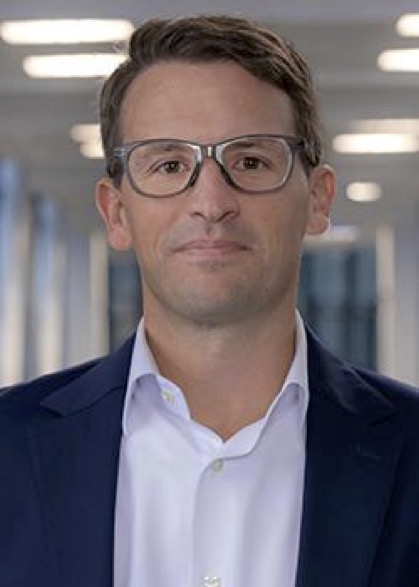
Nate Mickish, Future Famers Class of 2015, Vice President, Strategic Sourcing, Texas Health Resources, and President, OnHand, may question the premise of this exercise, but he points to technology as making a difference, too.
"While I don't fully accept the premise, I do think technology is going to get us much closer to the 'perfect order' we've been chasing for 50 years," Mickish insisted. "All other issues are still a little too complex and/or lack industry-wide alignment to solve. Things I see getting much better are talent pool, contract lifecycle management, supplier network risk and providers creating more reliable demand signals for suppliers."
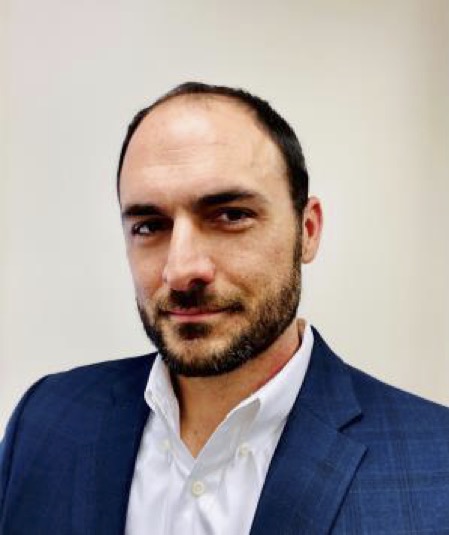
Chalk Eric Tritch, Future Famers Class of 2015, Senior Vice President, Supply Chain & Support Services, and Chief Supply Chain Officer, UChicago Medicine, into the same column of the questionable, but he emphasizes technology adoption and implementation as the differentiator as well.
"I don't put much in the bucket of solving things 'once and for all' as I think there is always a continuous improvement journey," he said. "For example, we have moved a lot of processes off of paper and into electronic transaction flows, but then next we look for automation and then possibly predictive AI-type behaviors."

Kate Polczynski, MBA, CMRP, Future Famers Class of 2016, Vice President, Enterprise Supply Chain, Geisinger, Danville, PA, homes in on the labor aspect, envisioning the availability of a pipeline of supply chain professionals as a credit to progress.
"The supply chain industry has gained significant traction in traditional undergrad and graduate programs to aid in fostering the next generation of supply chain professionals," she added.

Aside from labor opportunities, Jessica Hurd, Future Famers Class of 2019, Senior Director, Spend Management, Vizient Inc., Irving, TX, sees supplier diversity as taking root.
"Supplier diversity is a critical aspect of creating a more inclusive and equitable supply chain," Hurd said. "As our country continues to embrace its history and strives for diversity and equity, the importance of supporting diverse suppliers becomes increasingly evident. This trend can be observed across various supply chain industries, from grocery stores to major retailers, where efforts are being made to offer a broader range of products that cater to diverse consumer needs, such as ethnic haircare and skincare products. Additionally, businesses are actively promoting products from diversity-owned companies.
"As our nation continues to evolve and embrace the principles of inclusion and equity, supplier diversity will likely become an expectation rather than an exception in the healthcare supply chain," she continued. "Organizations are recognizing the value of partnering with diverse suppliers, not only from a social responsibility standpoint but also for the benefits they bring to the table. Diverse suppliers often offer unique perspectives, innovative solutions, and the ability to meet the specific needs of diverse patient populations. By embracing supplier diversity, healthcare organizations can drive economic growth, foster innovation, and contribute to a more equitable society.
"It is encouraging to see the progress being made in supplier diversity across industries, including healthcare. As this momentum continues, it is essential for organizations to continue their commitment to supplier diversity, actively seek out and support diverse suppliers and collaborate with them to create a more inclusive and equitable supply chain," she urged. "By doing so, we can build a stronger, more resilient healthcare system that reflects the diverse needs and values of the communities we serve."
Pessimistic Prognosis
The litany of legislative and regulatory factors that can complicate and slow decision-making causes some to anticipate progress entrenched in lengthy debate and discussion before any action emerges.
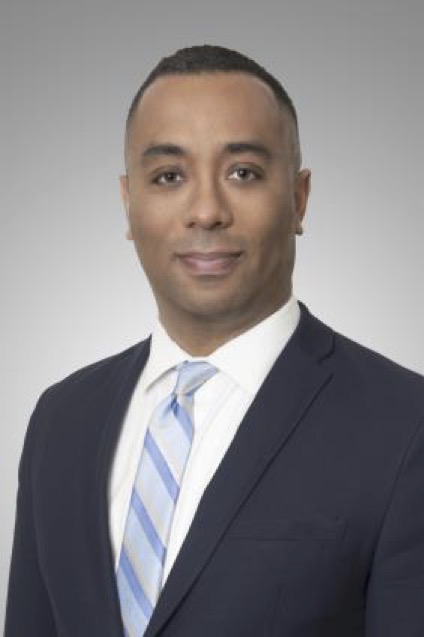
PIH Health's Manning cites a need for alignment. Otherwise, the issues plaguing the industry may continue relatively unabated.
"These challenges are often complex and require comprehensive strategies to address, involving multiple stakeholders and lengthy approval processes," he said. "Legislative and regulatory changes can introduce new complexities and uncertainties that take time to adapt to. Slow decision-making can also hinder the implementation of necessary reforms or technological advancements. Therefore, these challenges may persist until there is greater alignment and agility in responding to regulatory changes and decision-making processes within the supply chain industry."
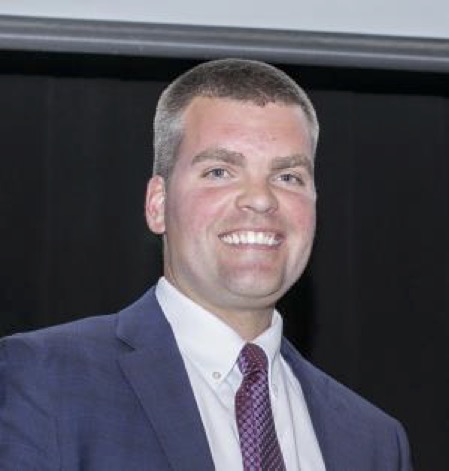
Pandion's Burke acknowledges that costs will continue to increase. "As a healthcare delivery system, we are getting more efficient and less wasteful. However, the population is aging, and chronic disease is on the rise, which will result in increased costs to the overall system," he said.
Froedtert ThedaCare's Koczela agrees about the increased cost of healthcare. "Simply put, there are too many stakeholders, legal frameworks and regulatory requirements to consider swift change in the way we provide and consume healthcare," he noted. "o be clear, I am not advocating for changing this structure. I am observing that changing an industry takes time, especially one that has such a direct impact on our lives and the lives of our loved ones."
Geisinger's Polczynski laments the current state of supply chain data standards. "Traction seems stalled as those who need to make the investment to achieve broader transparency could be negatively impacted by a world without muddy waters," she observed.
Schmidt at The University of Kansas concurs about the adoption and implementation of UDI and GTIN data standards. "While there has been movement over the years in assigning GTINs, the adoption from the provider side seems slow," he indicated. "UDI is a key driver in advanced analytics and machine learning, [so] we need to be putting an emphasis on adoption across healthcare."
Professional and transactional relationships between participants and partners in the healthcare supply chain must be more open, according to DCH Health's Anderson.
"Transparency amongst our fellow supply chain partners, such as manufacturer, supplier, tech development/startups, consultants, GPO, distributor, etc., as a part of the larger healthcare ecosystem will continue to be a challenge, due to legislative pressures, regulatory issues and complex decision-making that habitually bogs down due to proverbial layers of corporate oversight. Although a growing number of the aforementioned organizations are committed to developing this level of partnership, it has yet to matriculate at a rate that will maximize speed to value for the end-to-end supply chain in the foreseeable future," she said.
"Unfortunately, I see a lot that is stuck in this domain," concluded UChicago Medicine's Tritch. "Particularly with our current payer landscape, incentives are not properly aligned to drive the most effective outcomes, all pushing in the same direction for the benefit of our customers (patients). I think those that still drive towards innovation focused on a better experience for the patient will come out ahead, but often time the incentives lag behind what's right and best for the patient."
Dynamic Diagnosis
Organizational consultants and physicists tend to agree that if you poke a balloon just short of popping, you'll likely see a protuberance on the other side. One action creates another, a reaction, for example, akin to a butterfly or domino effect or maybe even something more random like a pinball effect.
In short, attempts to solve one set of problems may lead to the emergence of others that may be more expansive, expensive and fast spreading. For some, technology can be the solution to selected problems while causing others.
Deployment of advanced technologies, such as artificial intelligence is a key example, according to Polczynski. "In healthcare supply chain, inclusion of the human variable into traditional data modeling will require additional thoughtfulness," she recommended.
Burke agrees. "More technology and information will continue to increase in the future. While some of the technologies will focus on simplifying healthcare, many will be complex and require significant expertise to understand and mitigate risk," he indicated.
Implementing technology without the requisite data and process standards in place only creates more challenges, Schmidt insists. "There seems to be some sort of new technology to solve your problems pop up every day," he observed. "Implementing tools to automate broken processes will always lead to more problems, not less. Focus on repeatable manual processes before the introduction of technology for success."
Anderson questions the pace of and pathway through technology adoption and implementation as well.
"While it's exhilarating to see that significant investments, collaboration and development are paving the way for new software, tools and technology in the healthcare supply chain space, I estimate it may be years before we understand and/or realize the impact of full-scale adoption," she said. "Hospitals challenged with little to no budget for these solutions are still working to gather info from a number of collection points to complete a systematic review and promote timely, well-informed decision-making. In truth, we are still grappling with analyzing our data and zeroing in on how to best tailor a growing list of competing new technologies to our own internally fragmented systems in order to promote the greater good."
Tritch wonders about unrealistic expectations of technology.
"I think supply chain visibility and resiliency along with UDI sometimes falls here, as we all want more visibility, transparency, communication and standardization of data, but these things are easier said than done," he noted. "As you manage more data streams, there are more issues with keeping things updated and in sync and then how to effectively use the data to drive improvements in the business. Also, with more technology-based solutions and automation that we rely upon we open ourselves up to greater risk around cyber security and system downtime challenges. If a key supplier of mine gets hacked (think Change Healthcare) it can really ripple through the industry and cause major harm."
Others pull back the camera a bit to focus on the volatility of global supply chain activities and parameters that impact healthcare.
"I anticipate that supply chain challenges such as disruptions in transportation, inventory shortages or supplier failures can create ripple effects, leading to additional offshoot challenges," Manning said. "For example, a transportation delay due to a natural disaster could result in inventory shortages at distribution centers, which in turn may lead to stockouts at retail stores. This domino effect can disrupt production schedules, impact customer satisfaction, and generate financial losses throughout the supply chain. Moreover, unexpected events like the COVID-19 pandemic have highlighted the interconnectedness of global supply chains, showing how disruptions in one area can trigger a chain reaction of challenges in various other areas."
Mickish expresses concern that "temporarily, predictive models for product shortages will be a self-fulfilling prophecy," but he reassures that "the exercise and advancement are still worth it."
Pandemic aftershocks continue to resonate throughout healthcare, according to Koczela.
"I anticipate that we will see new and different challenges from the re-shoring/near shoring shift that we have seen over the past several years," he observed. "As new plants and distribution networks come online, I am sure there will be unintended consequences. I am optimistic that most of those will be positive network effects."
For Hurd, navigating around and through the intricacies of manufacturing amid increased emphasis on domestic production and sourcing raw materials within the U.S. raises numerous complexities to address.
"One challenge is the limited availability of certain raw materials within the U.S. Many industries rely on global partnerships to source raw materials that may not be readily available domestically," she indicated. "Shifting entirely to U.S.-based sourcing would require extensive efforts to identify alternative sources or develop domestic supply chains for these materials. This can be a significant undertaking that requires careful planning and collaboration with industry stakeholders
"Another aspect to consider is the reliance on global partnerships for manufacturing technology and labor workforce," Hurd continued. "The U.S. has benefited from international collaborations in terms of access to advanced manufacturing technologies and a diverse labor force. Moving manufacturing entirely to the U.S. would require investments in technology and infrastructure, as well as a shift in the workforce. This would involve rethinking education and skill development to prepare students for careers in trade skills, computer skills, engineering, process management, and technology. It would be important to foster a future workforce that can meet the demands of modern manufacturing."
Hurd emphasizes the scope and size of production decisions.
"Addressing these challenges would require a comprehensive approach involving government policies, industry partnerships and investments in education and training. It's important to strike a balance between promoting domestic manufacturing and sourcing while considering the availability of raw materials, technological advancements and the skills required for a sustainable and competitive manufacturing sector," she said.
"Overall, the transition to U.S.-based manufacturing and environmentally preferred sourcing requires careful consideration of the limitations and opportunities involved. It would involve not only addressing the challenges of raw material availability but also rethinking the future workforce to meet the evolving needs of the manufacturing industry."